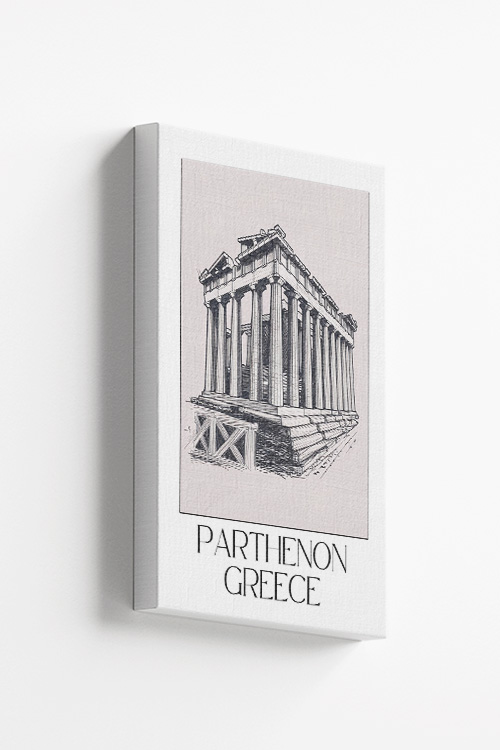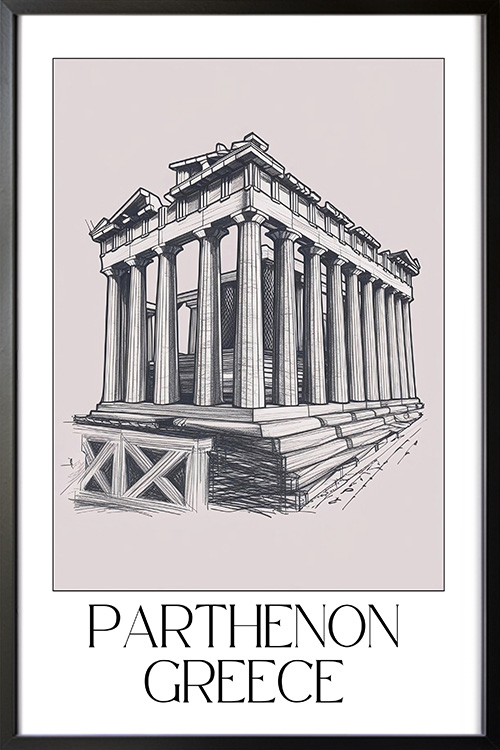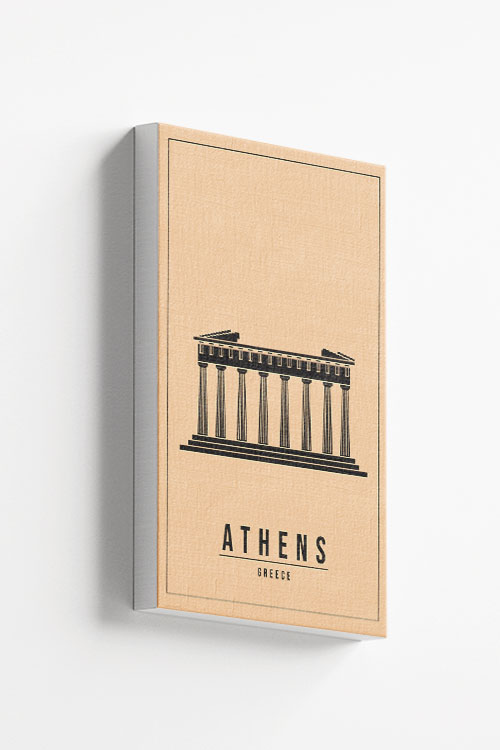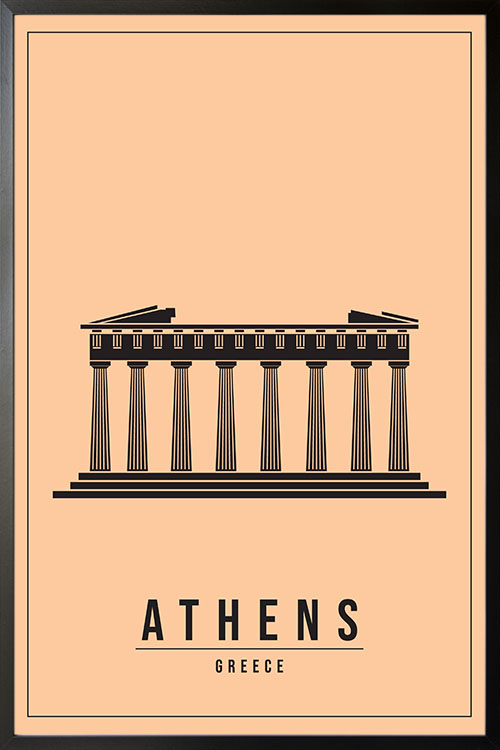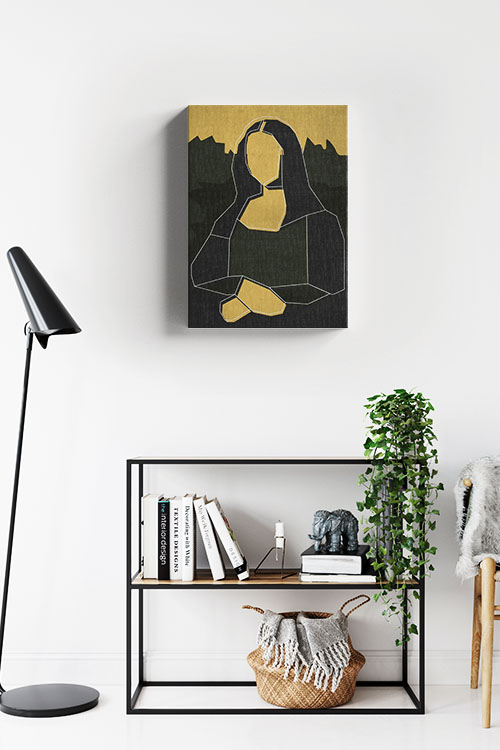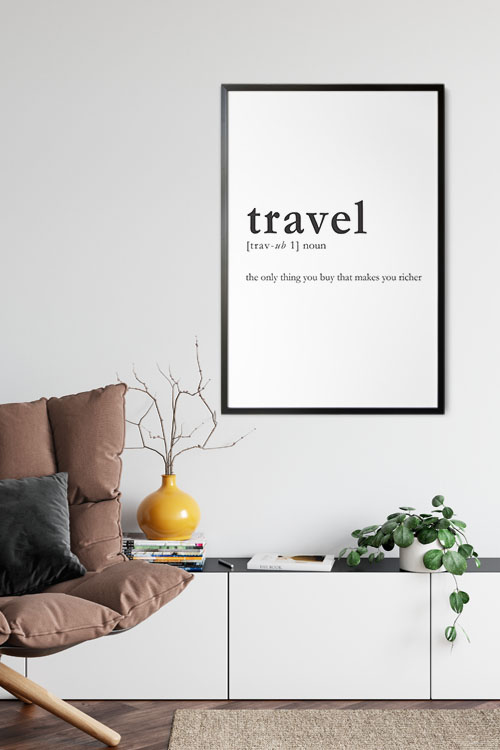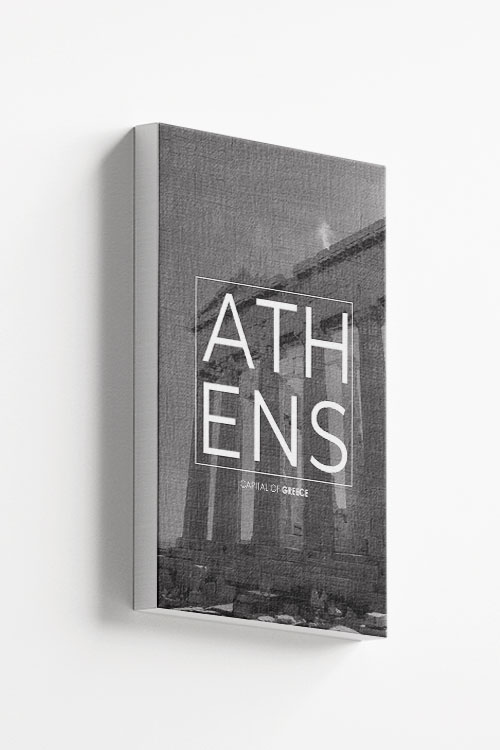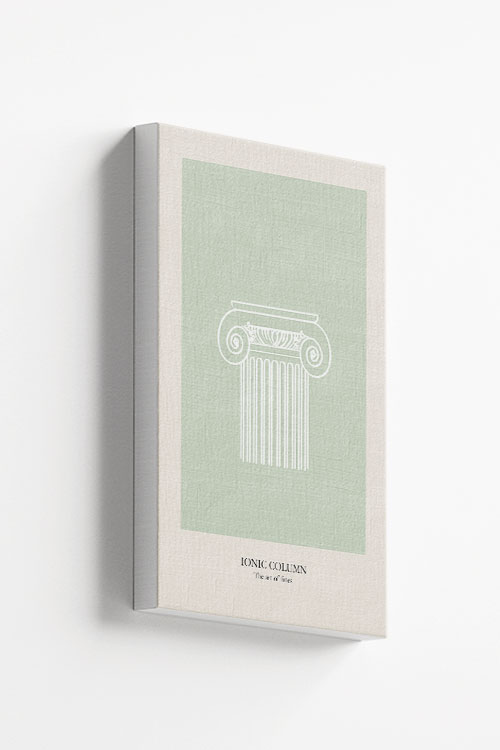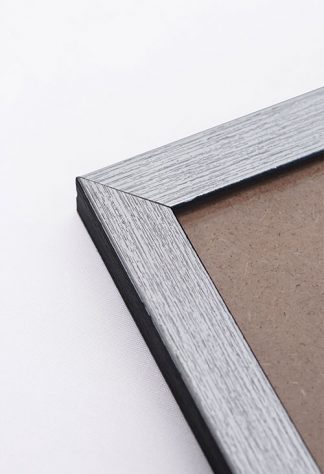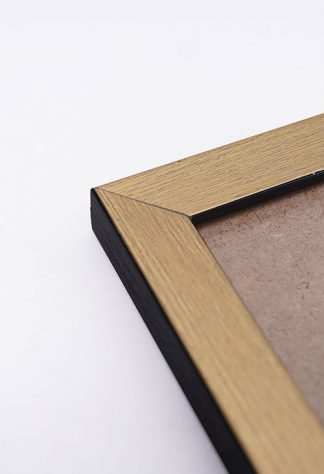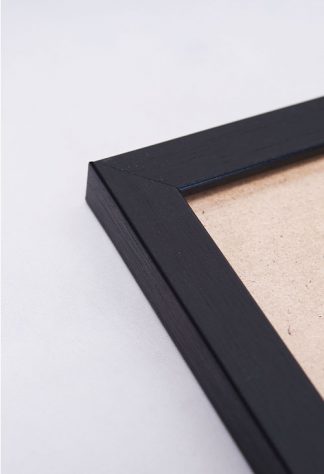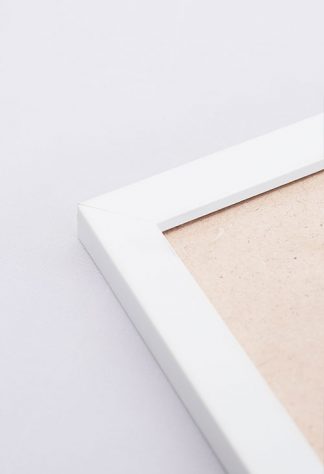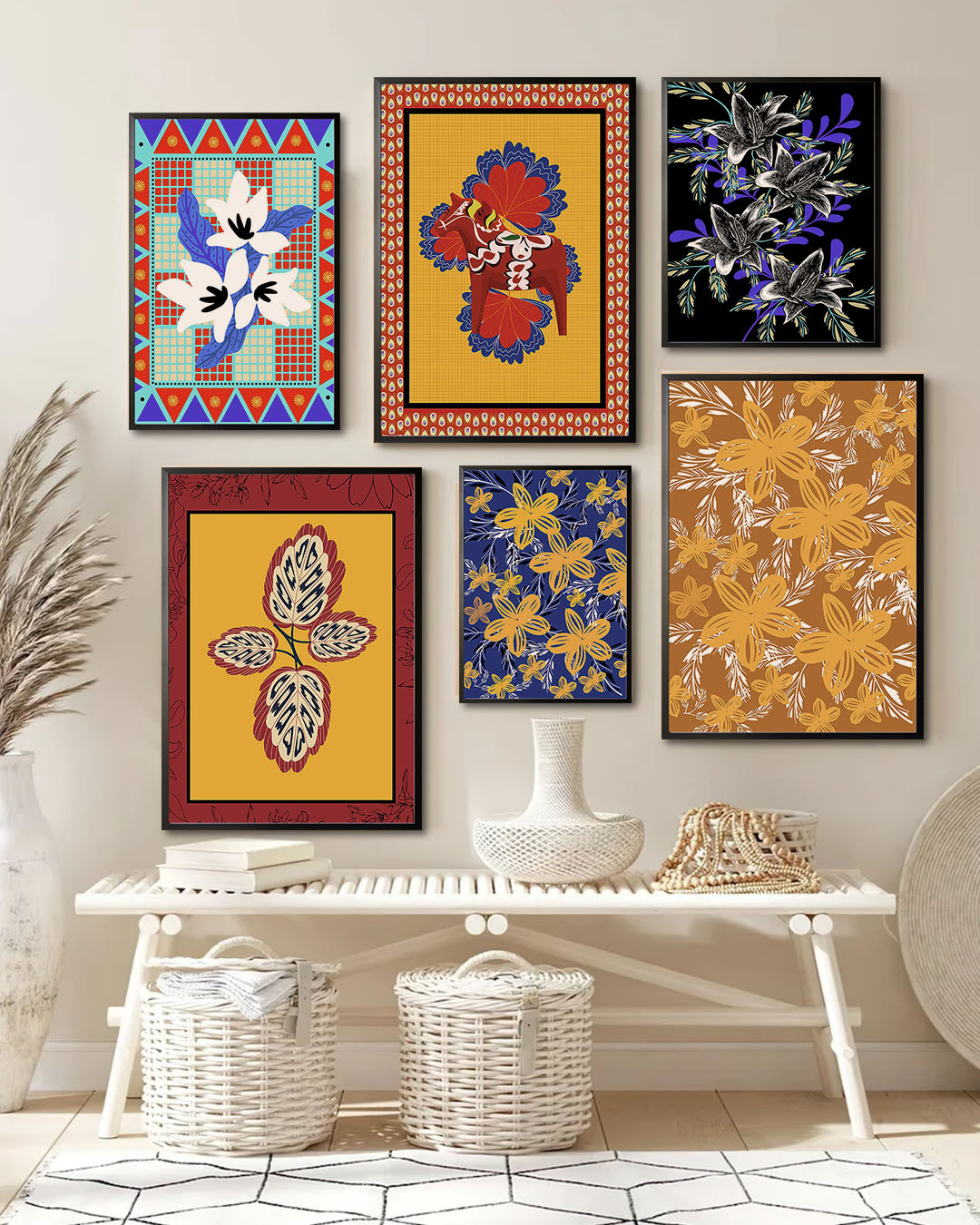
Interior decorating has a rich history that reflects cultural, technological, and social changes over centuries. From ancient times to modern trends, the evolution of interior decorating has been shaped by diverse influences, including architectural styles, societal norms, and technological advancements. Here’s a brief history of interior decoration and how it is useful today.
The Ancient Time
Throughout history, interior decorating has been integral to creating functional and aesthetically pleasing living spaces. In ancient civilizations like Egypt and Mesopotamia, interior design served practical and symbolic purposes. Palaces and temples were adorned with intricate carvings, colorful murals, and luxurious textiles, showcasing the wealth and power of rulers. These early designs emphasized grandeur and divine connections, setting a precedent for using interior spaces to communicate status and cultural values.
The classical era of Greece and Rome introduced a more structured approach to interior decoration. Architecture and design became intertwined, with columns, frescoes, and mosaics adorning wealthy homes. The emphasis shifted towards balance, proportion, and harmony, influenced by philosophical ideals of beauty and order. Roman villas, for instance, featured elaborate frescoes depicting mythological scenes, creating immersive and inspiring environments.
The Middle Ages
During the Middle Ages in Europe, interior decorating evolved within the context of feudal society and religious beliefs. Castles and monasteries were built for defense and worship, and their interiors reflected hierarchical structures and religious iconography. Decorative elements such as tapestries, carved woodwork, and stained glass windows conveyed religious narratives and provided warmth in often stark stone buildings.
The Renaissance Period
The Renaissance marked a revival of classical ideals and a renewed interest in humanism and artistic expression. Interior decorating in wealthy Renaissance homes showcased opulence through fine art, sculpture, and elaborate furnishings. Rooms were designed to harmonize with the natural world, integrating gardens and courtyards into living spaces. Italian villas epitomized Renaissance ideals with their symmetrical layouts, frescoed ceilings, and carefully curated collections of antiquities.
The Baroque and Rococo Periods
The Baroque and Rococo periods of the 17th and 18th centuries introduced more extravagant and theatrical interior styles. Baroque interiors were characterized by grandeur, dynamic movement, and dramatic contrasts of light and shadow. Palaces and aristocratic homes featured ornate stucco work, gilt mirrors, and sumptuous textiles, emphasizing the power and wealth of their owners. Conversely, Rococo embraced asymmetry, pastel colors, and playful motifs, creating whimsical and intimate spaces for social gatherings and leisure.
The Industrial Revolution
The Industrial Revolution in the 19th century brought significant changes to interior decorating. Technological innovations enabled mass production of furniture and textiles, making stylish decor more accessible to the burgeoning middle class. Victorian interiors were characterized by ornate furnishings, heavy draperies, and eclectic collections of curiosities, reflecting the era’s fascination with exoticism and materialism.
The Modern Times
The 20th century witnessed a revolution in interior design influenced by modernist simplicity, functionality, and innovation principles. Movements like Art Deco, Bauhaus, and Mid-Century Modernism redefined interior decorating, emphasizing clean lines, geometric forms, and new materials like steel and glass. Functionality became paramount, with designs promoting efficiency and practicality in response to changing lifestyles and social norms.
Modern interior decorating continues evolving with a blend of historical influences and contemporary innovations. Eclectic styles mix vintage finds with modern elements, reflecting individual tastes and global influences. Sustainability and technology play increasingly important roles, with eco-friendly materials and smart home devices shaping how homes are designed and decorated.
In conclusion, the history of interior decorating is a testament to human creativity, cultural diversity, and evolving tastes. From ancient civilizations to modern trends, interior design has reflected and shaped our lives, providing functional spaces and expressions of identity, culture, and aspiration within our homes.
